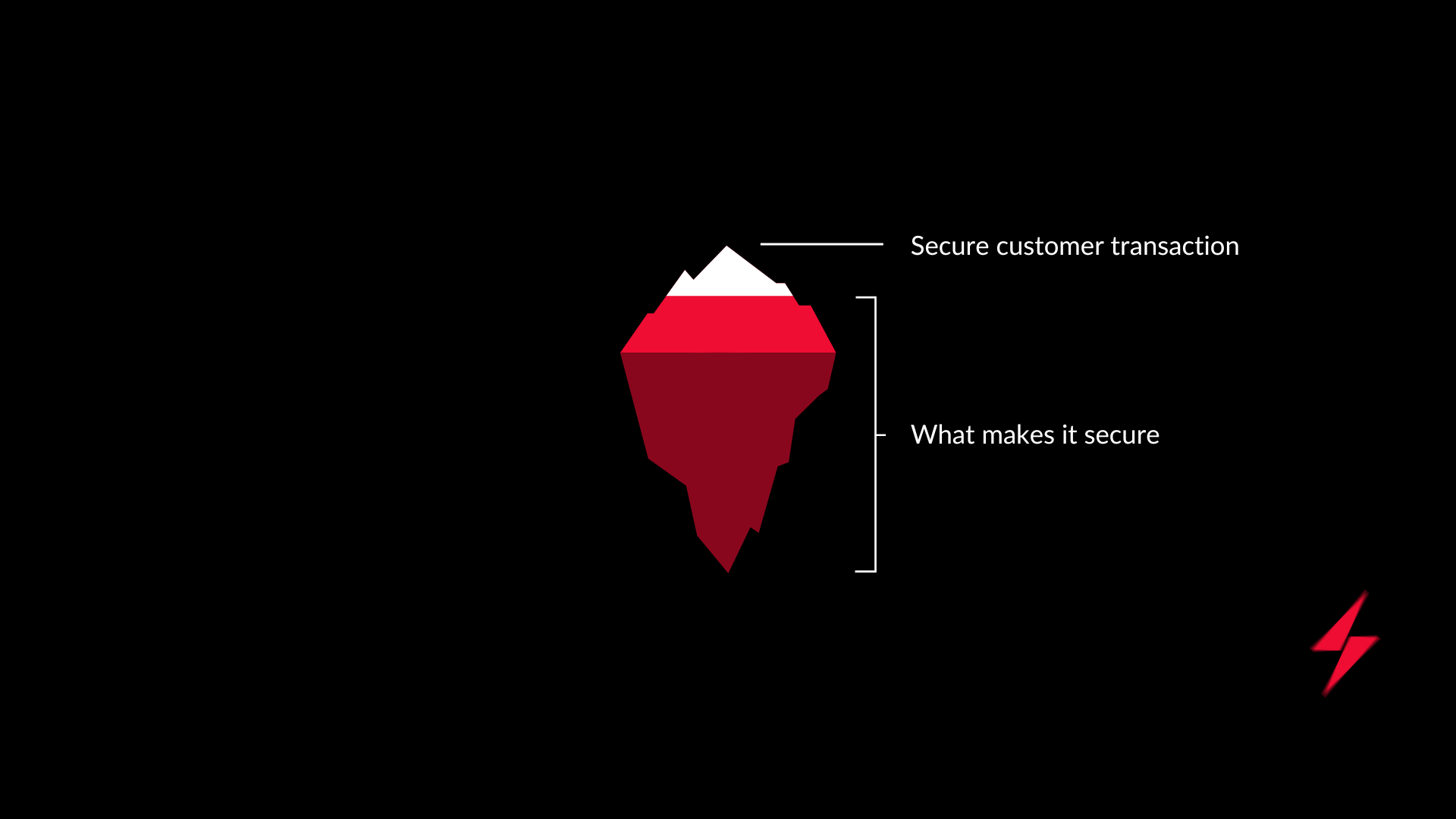Imagine logging into your airline app, expecting your own flight details, but instead finding someone else’s itinerary with the option to modify their plans. This unsettling reality hit potentially thousands of Qantas customers recently.
This startling breach serves as a potent reminder of the fragility of digital identities and the profound trust customers place in companies to safeguard their personal information.
And the stakes have never been this high.
Did you know that the average cost of a data breach in Australia has grown 32% in the last 5 years, reaching AUD $4.03 million?
Constella’s Intelligence 2023 Identity Breach Report reveals that emails and passwords are the most commonly leaked attributes, appearing in over half of all breaches. This is followed by other personal details such as names, usernames, and phone numbers.
The report also shows the types of personal attributes most frequently exposed in data breaches during the year 2022:

These aren’t just numbers. They represent the trust and personal safety of users in Australia.
The prevalence of data breaches involving critical information like email addresses and passwords highlights the potential risks and consequences for your customers.
Empowering them with cybersecurity knowledge and best practices can be a game-changer for your business. Not only does it provide an extra layer of protection against potential threats, but it also fosters a stronger relationship with your customer base.
When customers feel confident that you are doing everything in your power to protect their data, they are more likely to remain loyal to your brand. This can lead to increased customer retention, a stronger reputation, and ultimately, a boost in your bottom line.
So how can you empower your customers while safeguarding their data? The answer lies in Customer Identity and Access Management (CIAM).
Why CIAM? Why Now?
This rising threat landscape places an unprecedented spotlight on Customer Identity and Access Management (CIAM) as the frontline defence in cybersecurity.
Customer Identity and Access Management (CIAM) involves managing unique challenges like user experience, scalability, balancing security and convenience, and data privacy.
By turning to CIAM, you not only streamline user experiences but also arm your organisation with advanced tools to fight against identity theft, unauthorised access, and data breaches.
In short, helping your customers protect their digital identities.
At this point, you might realise the necessity of a solid CIAM strategy but wonder how to implement one effectively.
This isn’t just about buying software. It’s about cultivating a culture of security that permeates every level of your organisation.
10 Ways to Help Your Customers Protect their Identity
1. Education and Awareness
Teaching your customers about cybersecurity threats such as phishing, password reuse, and social engineering is crucial.
Use your CIAM platform as a proactive tool to deliver security awareness messages, tips, and best practices right at the moments that matter most — during login or registration processes.
This not only makes your customers aware but also prepares them to recognise and avoid potential threats.
2. Strong Authentication
Encourage your users to adopt strong authentication methods. Implement multi-factor authentication (MFA) requiring users to verify their identity using multiple factors like a password combined with an SMS code or biometric verification.
CIAM platforms are perfectly positioned to enforce these authentication methods and can guide users through the setup process, ensuring that security does not come at the cost of user convenience.
3. Password Management
Establish clear password policies that promote strong passwords — consider directives regarding length, complexity, and expiration schedules.
Explore passwordless authentication methods, such as using one-time codes sent to a mobile device or biometrics, which reduce the burden on users to remember complex passwords and increase security.
It’s also vital to educate users on maintaining unique passwords for different services, especially when they are creating or updating their passwords.
4. Privacy by Design
Adopt ‘privacy by design’ principles in your CIAM solutions. This means prioritising user privacy through practices like data minimisation — collecting only the data necessary for your operations.
Manage consent effectively, ensuring that users are fully informed and can control what data is collected and how it is used.
Whenever possible, anonymise or pseudonymise user data to protect personal information from being exposed.
5. Secure APIs and Integrations
Ensure that all APIs connected to your CIAM and other Customer Identity Platforms (CIP) adhere to strict security guidelines. Regularly audit and assess these as well as any third-party integrations for vulnerabilities to maintain a secure data environment.
6. Monitoring and Threat Detection
Implement real-time monitoring of user activities to detect suspicious login attempts or patterns indicative of potential security issues like multiple failed login attempts.
Setting up alerts for abnormal activities helps in quick detection and response to potential threats.
7. User Training and Support:
Provide clear, accessible instructions on how to use security features such as enabling MFA or updating passwords.
Offer robust support for security-related queries to build confidence and trust. Making it easy for customers to reach out for help not only enhances security but also fosters customer engagement and satisfaction.
8. Incident Response and Recovery
Maintain a well-defined incident response plan. Use your CIAM platform to help identify compromised accounts quickly and initiate recovery processes efficiently, minimising damage and restoring security.
9. Regular Security Audits and Assessments
Continuously conduct security assessments of your CIAM platforms to identify and address vulnerabilities promptly.
Be transparent with your customers about these audits; let them know about the efforts you are making to protect their information, which can significantly boost their trust in your brand.
10. Collaborate with Customers
Engage with your customers by involving them in security discussions and seeking their feedback on security features and usability. This collaborative approach can lead to improvements in your security measures and make customers feel like active participants in the security process.
Conclusion
By taking these steps, you can significantly enhance the security of your customer identities, building a stronger trust bond with your users and fostering a more secure digital environment.
When customers know that you prioritise their safety and provide them with the tools and knowledge necessary to navigate the digital landscape securely, they are more likely to stick around and continue using your services.
This, in turn, can lead to increased customer retention, positive word of mouth, and ultimately, a stronger bottom line for your business.

Mark Belfanti
Mark has been trusted with navigating the most complex of organisations, from ensuring the NBN is cyber-secure, to managing the vast network of telecoms partnerships at Telstra. Mark has also worked with ASIC, AMP and many other


